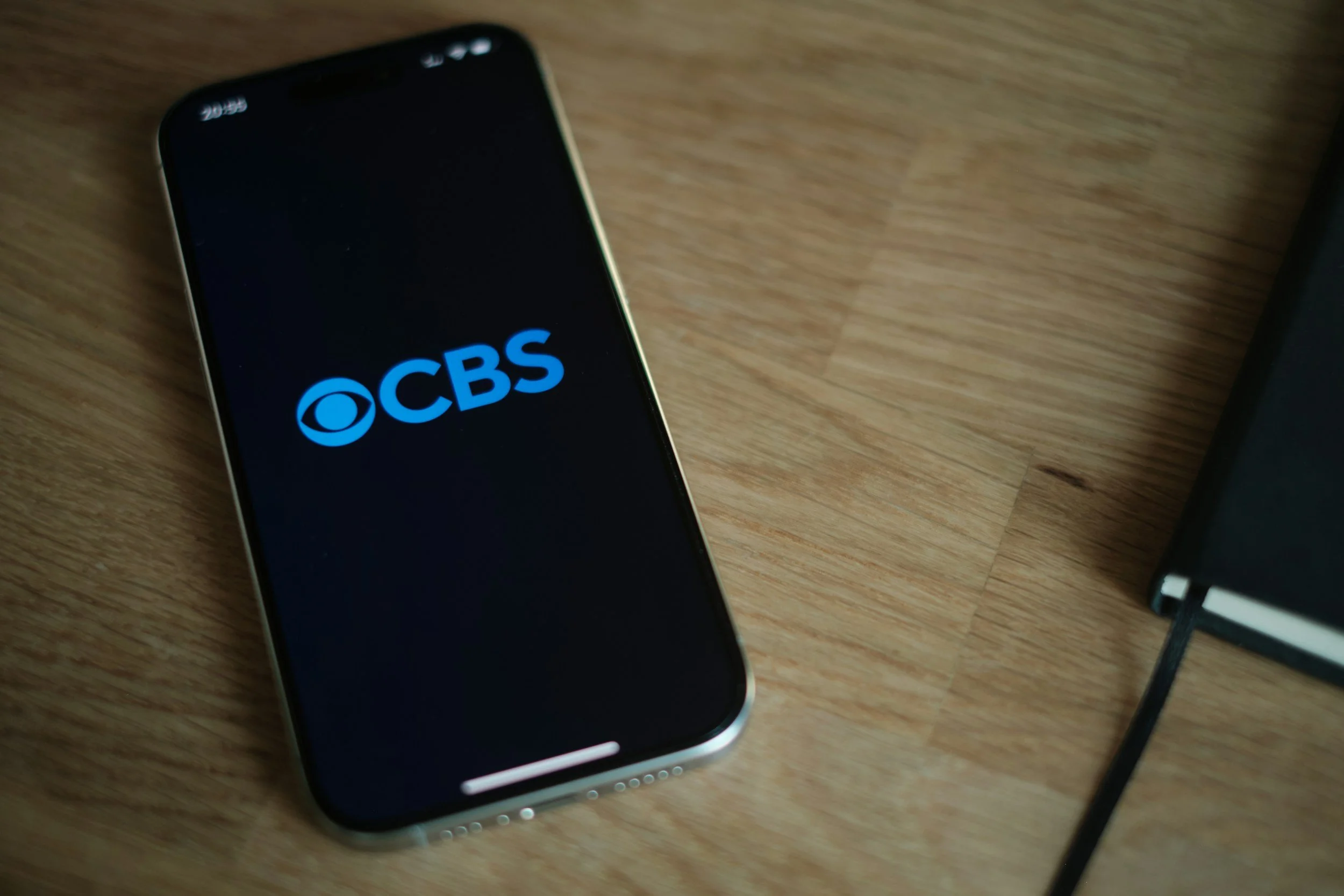CTV: How Connected TV Is Changing the Way We View Ads
There’s no denying it anymore: the way we watch television has changed forever. And right alongside it, the way advertisers reach us has changed too.
For decades, broadcast television reigned supreme. It was the only game in town if you wanted to reach audiences at scale. Buy a spot during the six o’clock news, the Thursday night drama, or the big Sunday game, and you could guarantee exposure. I know—because I used to work in broadcast at a CBS affiliate. The model was predictable, the audiences were captive, and the ads were baked into the viewing experience.
Fast forward to today: Connected TV (CTV) has completely rewritten the playbook. From how ads are served, to who they target, to how effectiveness is measured, CTV is giving advertisers tools and precision that broadcast could never offer. Let’s break down the differences and why it matters for your marketing strategy.
Broadcast Advertising: The Old Reliable Workhorse
Broadcast TV was built on mass reach. It worked, and for decades it was unmatched.
Broad reach, blunt targeting: If you bought a 30-second spot, you reached everyone tuned into that program—whether they cared about your product or not.
Appointment viewing: Before DVRs and streaming, audiences watched shows live. That meant when commercials hit, they stayed.
Limited measurement: Nielsen ratings gave estimates of viewership, but advertisers couldn’t tie a commercial directly to website visits, store traffic, or sales.
For years, that lack of precision wasn’t a problem. When people only had a few channels to choose from, you knew your ads were being seen.
Connected TV: The Digital Upgrade
Connected TV is television delivered via the internet, whether on smart TVs, streaming devices (Roku, Fire Stick, Apple TV), or apps like Hulu, YouTube TV, and Peacock. What makes CTV revolutionary isn’t just how content is delivered—it’s how advertising works within it.
Here’s what CTV brings to advertisers:
Precision targeting: Instead of blasting ads to everyone, you can target based on demographics, interests, location, even household behaviors.
On-demand placement: Viewers watch what they want, when they want—and your ads follow them into that experience.
Measurable results: With pixels, tracking, and integrations, you can connect a CTV ad exposure to website visits, app downloads, or in-store activity.
Flexible budgets: Unlike the high entry costs of broadcast, CTV lets even small businesses get on the big screen.
The Experience Difference for Viewers
Broadcast: Everyone sees the same ad at the same time. Viewers are used to breaks, but many flip channels or leave the room.
CTV: Ads feel more relevant and are often shorter (15 seconds is common). Viewers are less likely to abandon because streaming apps enforce the ad delivery.
Simply put: the ads feel less like interruptions and more like part of the experience—especially if the messaging is relevant to the viewer.
Why Advertisers Are Moving Budgets to CTV
Efficiency: You’re not wasting dollars reaching households that will never buy from you.
Attribution: You can track whether an ad exposure led to a site visit, form fill, or store visit.
Flexibility: You don’t need Super Bowl-level budgets to appear on the big screen anymore.
Premium inventory: Your brand can appear alongside household names like ESPN, HGTV, CNN, and Discovery+—without buying a traditional broadcast spot.
For local and regional businesses, this is a game changer. You can now show up in your customer’s living room at scale with the same prestige as national advertisers, but with the targeting precision of digital.
What This Means for Small & Mid-Sized Businesses
This isn’t about replacing broadcast entirely. Broadcast still works for major brand awareness plays, live sports, and local reach in some demographics. But CTV levels the playing field.
A local HVAC company can now run a campaign that only targets homeowners within specific ZIP codes.
A medical practice can serve ads to households with demographic markers that fit their patient profiles.
A real estate brokerage can advertise only to families actively browsing home sites or within certain income brackets.
These campaigns don’t just deliver impressions—they deliver measurable ROI.
My Perspective as a Former Broadcaster
Coming from the CBS affiliate world, I saw firsthand how valuable broadcast was in its prime. It delivered reach that nothing else could. But the frustration for advertisers was always the same: “How do I know if my commercial worked?”
With CTV, that question finally has an answer. Advertisers can see the direct path: exposure → engagement → conversion. That’s a level of clarity broadcast simply wasn’t built to provide.
The Bottom Line
CTV isn’t just the future of advertising—it’s already here. Consumers are streaming more than ever, and ad dollars are following. For businesses, the opportunity is enormous: you get the prestige of “being on TV” combined with the accountability and precision of digital.
Broadcast may have written the first playbook, but CTV is rewriting it—one targeted impression at a time.
If you’re ready to make the leap into CTV, or want to explore how it can complement your existing broadcast or digital campaigns, Barbee Media can help you build the right strategy.



